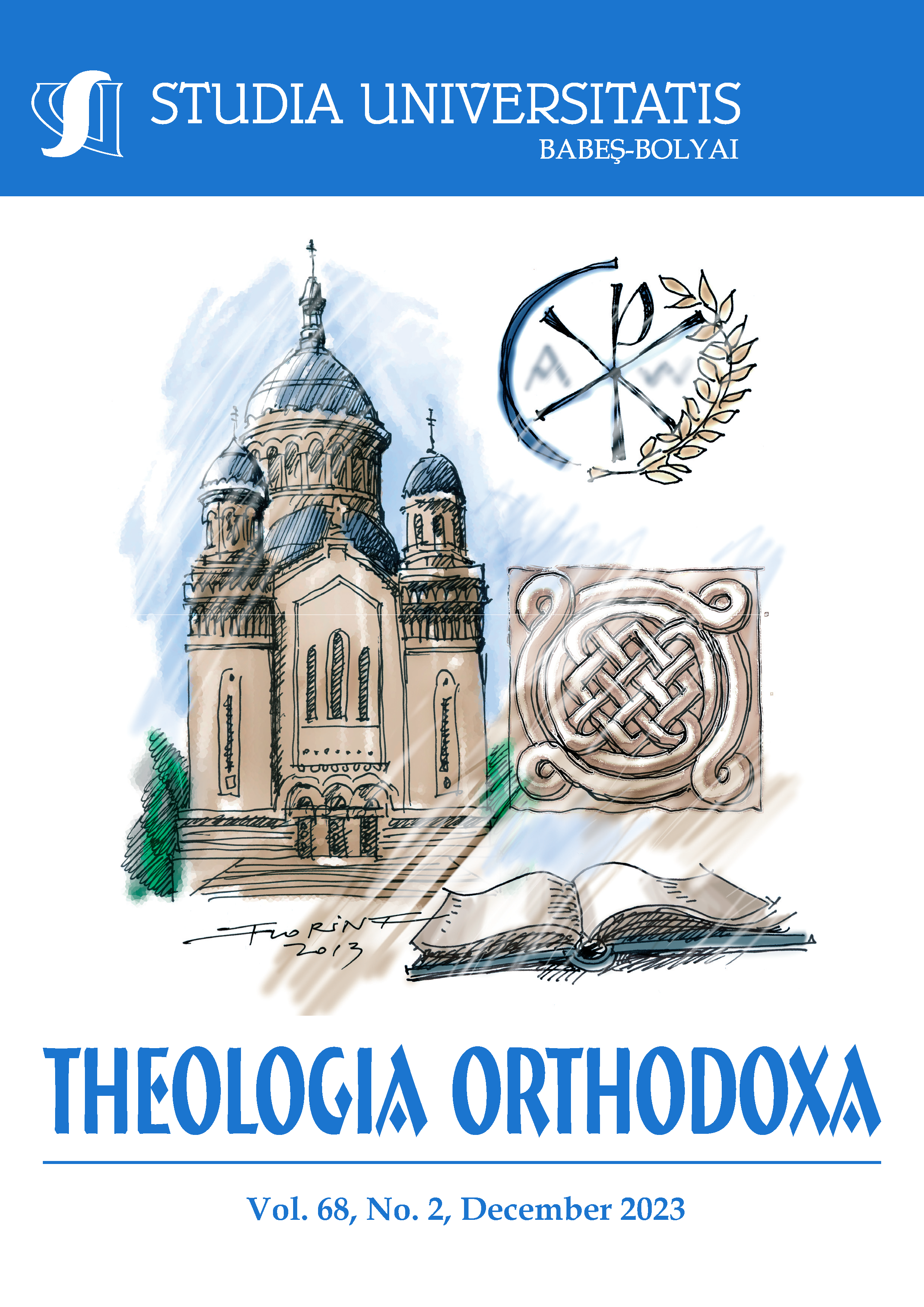THE PAGANS AND THE TAX COLLECTOR OF THE GOSPEL ACCORDING TO MATTHEW
THE PAGANS AND THE TAX COLLECTOR OF THE GOSPEL ACCORDING TO MATTHEW
Author(s): Ion-Sorin BoraSubject(s): History of Church(es)
Published by: Studia Universitatis Babes-Bolyai
Keywords: Pagans; Tax Collector; Jesus; Gentiles; Church; Matthew;
Summary/Abstract: The attitudinal complex existing among the groups of people mentioned by St. Matthew the Evangelist is strikingly similar to the situation existing in the Church before the Gentiles shared and inherited the Gospel. The clear distinction between “gentiles” and “publican” is not justified in the second part of the apostolic age, when the Gentiles were the majority in the Church. The belief that the Aramaic version of the Gospel of Matthew was written before the Apostolic Council is based on these everyday realities of the Jewish Christian world, revolving around the Temple, religious parties, rabbis, etc. Dating the writing after 70 AD, as presented in most modern commentaries, does not justify several verses mentioned only in the first canonical Gospel, including Mt 18:15-17. The erring brother may ultimately end up as a pagan and a publican. For the disciples, as for the Jewish Jerusalemite Christians, the Saviour's command was actual, something not at all necessary for later majority Jewish Christians. It would also justify taking the fragment from other Matthean sources or the hypothetical Q if it were to be found in other evangelists. It is just that it is the proper place of the Gospel of Matthew. That is why we consider the Gospel of Matthew to be the first writing of the New Testament in its Aramaic form, intended for Jewish Christians, constantly concerned with preserving ethnic purity and the Abrahamic heritage.
Journal: Studia Universitatis Babes-Bolyai - Theologia Orthodoxa
- Issue Year: LXVIII/2023
- Issue No: 2
- Page Range: 53-65
- Page Count: 13
- Language: English

